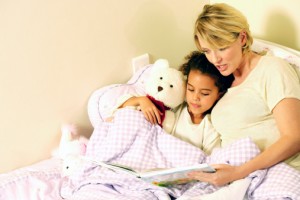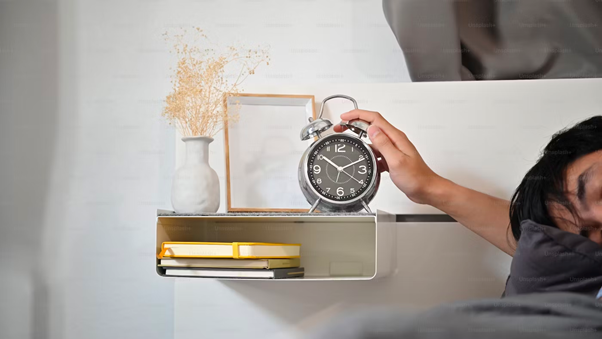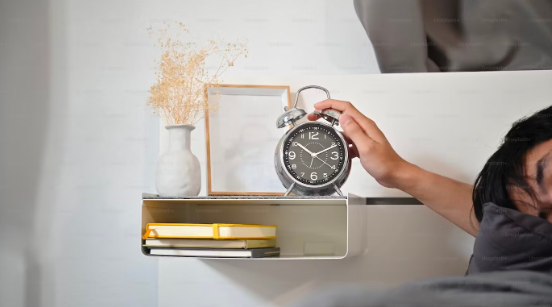Sleep and Children: Snoozing isn't always easy

Author: Jonathan Warren
As adults, at the end of the day there are few things nicer than crawling into bed. There are a whole eight or so hours of peaceful sleep time ahead of us – or so we dream, until we're woken in the dead of night by a bang or a shout coming from the kid's room. There are few things that can rival the horrific sinking feeling of being woken by a child's scream following a nightmare, and as a parent it's incredibly distressing to see your child in such a state.
Sleep problems in children are by no means a new thing, but with technological advances like mobile phones, tablets and app-based gaming keeping our kids awake longer, things could be getting worse. Night terrors, nightmares and sleepwalking are just some of the issues we have to experience as parents, and it can be difficult to know how to deal with them.
Night terrors
Night terrors describe the situation where your child may be thrashing around in their sleep, as well as shouting and screaming uncontrollably. Their eyes may be open, but this doesn't mean that they are awake or aware. In fact, many children don't remember their night terrors at all the next day. They are common in children aged three to eight, and tend to happen early on in the night.
Though it may feel incredibly difficult to do so, it's recommended that you wait for the child to wake naturally from the night terror, or wait until the terror has ended to wake them. Here, it's a good idea to try and talk about the terror and see if there's any underlying anxiety which triggered the episode in the first instance – it's also important your child doesn't go back to sleep straight away as another terror could occur, and by doing this you're breaking the body's assumed sleep cycle.
Sleepwalking
Sleepwalking is a surprisingly common occurrence in children, and if you (the parent) sleepwalked as a child, the chances of your offspring following suit are that bit higher, according to the NHS. Up to 30 per cent of children experience the phenomenon. In some cases, sleepwalkers just sit up in bed, and in others people have been known to perform more physically challenging activities such as tackling stairs, opening fridges and even driving cars.
Whilst the latter should hopefully only apply to adults that sleepwalk, as a parent of a child that sleepwalks there are a few precautions you can take to ensure your child is as safe as can be. Installing stair gates means that there won't be any stair-tripping incidents, and gently guiding them back to bed can help reduce confusion when they awake. You shouldn't wake a sleepwalker as they may become confused and agitated, but as with night terrors, gently waking them as they are coming out of the episode can disrupt the cycle and hopefully prevent it from happening again in the same night.
Bed-wetting
Bed-wetting in children is a definite frustration. Every child goes through it, but that knowledge doesn't make changing the sodden sheets at 1am any easier. Whilst many children grow out of it in due course, it can be a distressing time for them – it's essential that it's dealt with properly. It's important to not punish your child for wetting the bed.
If they're under the age of seven, it could simply be that they haven't got the bladder control you might be expecting. Though it's best to see your doctor should you have any worries, simple gadgets like bed-wetting alarms (which detect moisture in the sheets) can help your child to learn when to get up to use the toilet.
 Sleep and Children: Snoozing isn't always easy
Sleep and Children: Snoozing isn't always easy
 Sleep and Children: Snoozing isn't always easy
Sleep and Children: Snoozing isn't always easy



